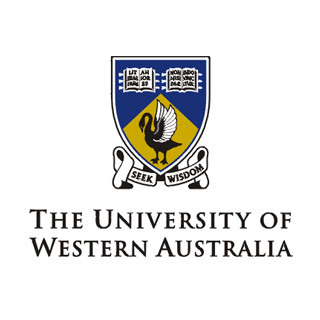
These researchers believe that approaches like “social distancing†may prove to be helpful in preventing the outbreak of a local pandemic. They believe that taking certain measures like home isolation, school closures, reduced community contact and partial closure of work places; if taken immediately may be helpful in curbing such an outbreak.
Together Professor George Milne, Dr. Joel Kelso and Dr. Simon Huband were said to have made use of a computer simulation model to ape the spread of the flu virus. These experts belonged to the School of Computer Science and Software Engineering from The University of Western Australia.
Professor Milne says that, “The timing of activation of such non-pharmaceutical interventions is critical. For a very transmissible strain, application of all four interventions at the same time as the first case is introduced, and enforcing these draconian measures continuously, can potentially hold the illness rate at 16 per cent (compared to 73 per cent if they are not used).â€
This model was said to have made use of statistical data about the general population of a town called Albany, which consists of about 30,000 people in Western Australia. The experts believe that this particular model could be the most thorough imitation of a real community.
“While such draconian measures will only be mandated under extreme circumstances, given their impact on personal freedom, they appear to play a key role in delaying the development of a ‘worst case’ influenza epidemic. Social distancing may be critical in holding back an epidemic until vaccines are deployed on a sufficient scale that subsequent relaxation of these measures won’t result in an acceleration of the outbreak,” says Professor Milne.
The researchers cautioned that these measures if employed immediately may be helpful in preventing a local epidemic. This was seemingly illustrated during the 1918 Spanish Flu epidemic. They have stated that a unison of all the above mentioned interventions if employed within two weeks after the virus appearance in the town or city, may prevent a pandemic.
The research findings have been reported in the BMC Public Health journal.
